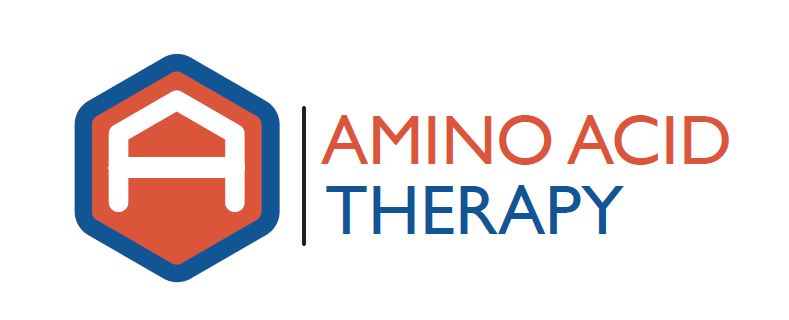 Neurotransmitter testing gets a bad rap; unfortunately, it is well deserved, as many labs, and many providers, have misused it in a ill-fated attempt to help people achieve proper neurotransmitter function. In order to understand how it is possible to use urine testing to help with the clinical determination of optimal amino acid dosing, we have to first look at what is really being measured.
Neurotransmitter testing gets a bad rap; unfortunately, it is well deserved, as many labs, and many providers, have misused it in a ill-fated attempt to help people achieve proper neurotransmitter function. In order to understand how it is possible to use urine testing to help with the clinical determination of optimal amino acid dosing, we have to first look at what is really being measured.
The Old
For many years, laboratories have attempted to decode results found when urinary neurotransmitters were assayed. The primary approach was to simply determine if levels were “too high” or “too low”. This turned out to be ineffective, since it did not take into account the effects of transporters on neurotransmitter levels. The use of this testing approach to guide amino acid dosing was no more effective than simply giving amino acid precursors at random. Unfortunately, this is still how most practitioners view and use urinary neurotransmitter testing, and is the reason why there is so much invalid information and suspicion surrounding this testing methodology.
The Science
In order to get away from this “high/low” thinking, we have to delve into the biochemistry of neurotransmission as it relates to disease symptoms. Not head first, mind you, but far enough so that we can understand the utility and validity of this type of testing.
When there is significant (permanent) damage to the post-synaptic neurons, symptoms develop. These symptoms arise because the damage to the post-synaptic neurons create a state where there is no longer enough “current” in the system to send the correct neurotransmitter signals, which leads to sub-optimal functioning. In order to compensate for this decreased electrical flow in the post-synaptic neurons, the synaptic neurotransmitter levels must be increased. This is akin to turning up the voltage so the non-damaged neurons can compensate for the ones that have been damaged. This process is driven by encoding of the organic cation transporter type 2, or OCT2, which acts like a type of gate allowing neurotransmitters into and out of the synapse.
Encoding tells the OCT2 to allow more or less neurotransmitter into the synapse. When post-synaptic damage accurs, the OCT2 transporters are encoded to compensate for the damage, meaning they are told to increase the amount of neurotransmitters in the synapse to try and make up for the decreased output of the damaged neurons. However, if a person is not taking in sufficient amino acid precursors – let’s say they are just eating a healthy diet – not enough neurotransmitters are synthesized in the brain to allow the transporters to increase neurotransmitter levels high enough to reach the amount necessary to compensate for the compromised electrical flow. The only known way to achieve the neurotransmitter synthesis needed to adequate compensate for the decreased electrical flow due to post-synaptic neurotransmitter damage is via amino acid therapy.
But the question still remains – “how do I determine the right amount of each amino acid needed to optimize neurotransmitter function?” In order to answer this question, we have to have a way to measure the status of the OCT2, and that is one of the great discoveries of Marty Hinz, MD.
The New
Dr. Hinz found that proper analysis of the functional status of the OCT2 transporters can be achieved through urine testing. Remember, we are talking about how the OCT2 transporters allow neurotransmitter levels into and out of the synapses in the brain; so how can urine testing be valid for this purpose? To understand this, a little more about the OCT2:
- The OCT2 is “identical and homologous” throughout the body. This means that the OCT2 in the brain acts and responds the same as those in the heart, liver, kidney and GI tract.
- When neuron damage occurs, the OCT2 transporters throughout the body are encoded in an identical manner in order to properly compensate for the electrical dysfunction due to the damage.
- By measuring the state of the OCT2 in the kidney (via the urine) we can determine the functional status of the OCT2 in the brain.
By repeating this testing at several known doses of amino acids, we can determine and deliver the exact amino acid dosing needed to optimize the function of the OCT2 and eliminate symptoms of dysfunction.

